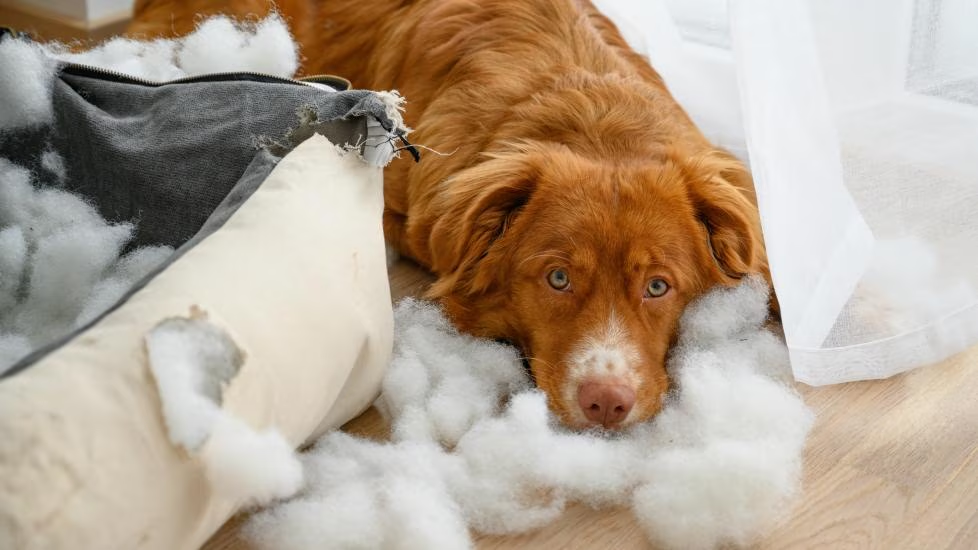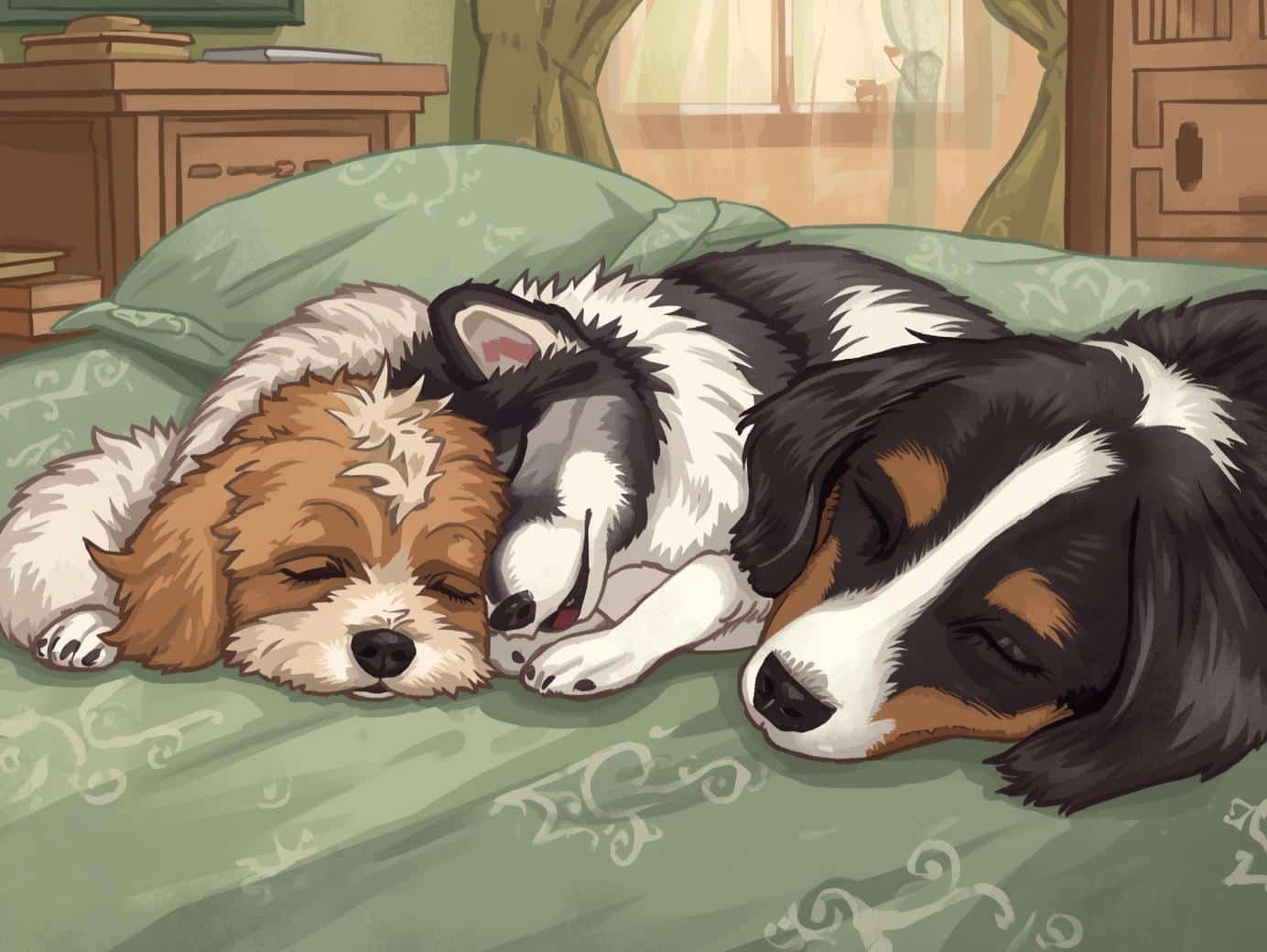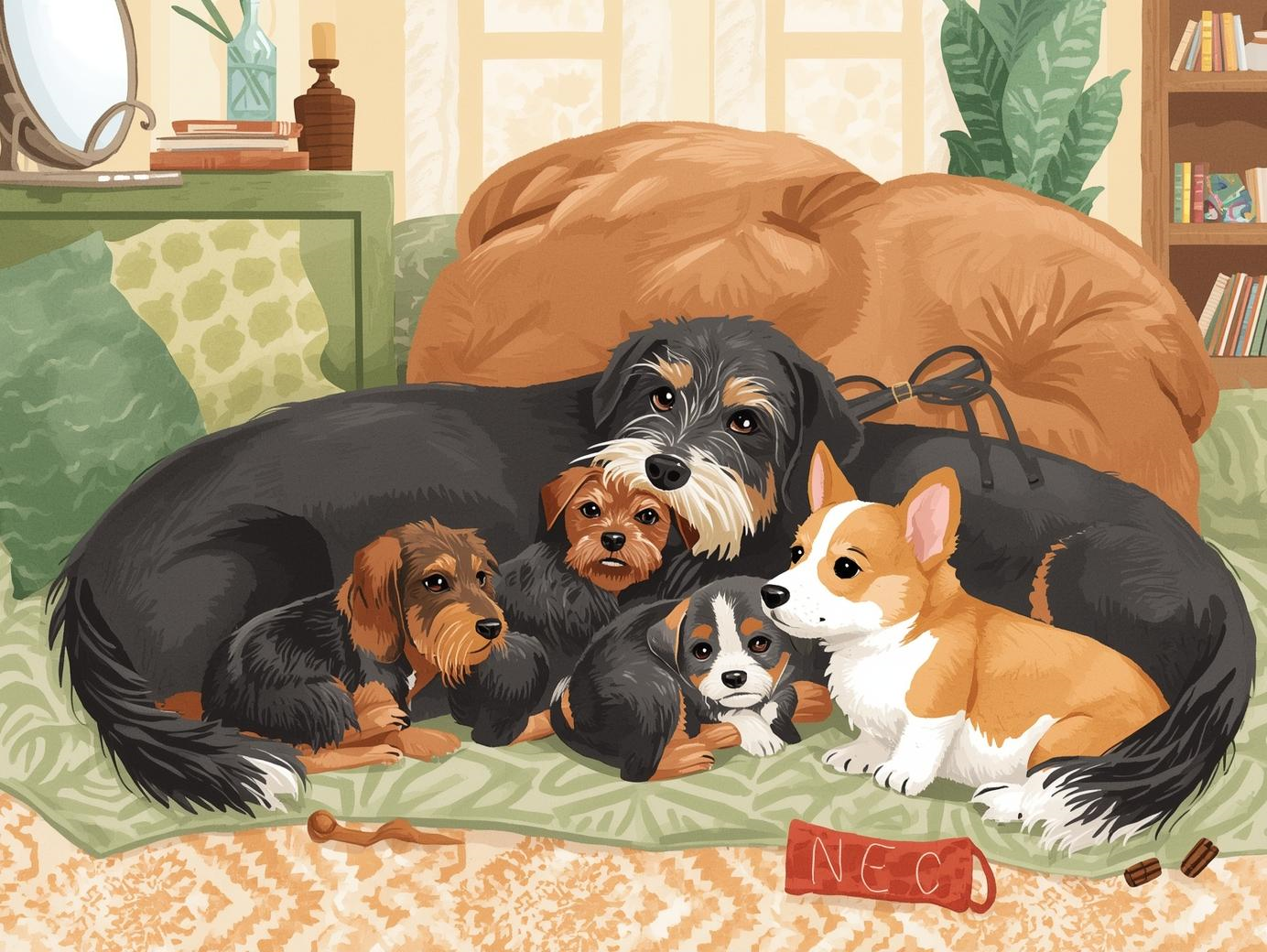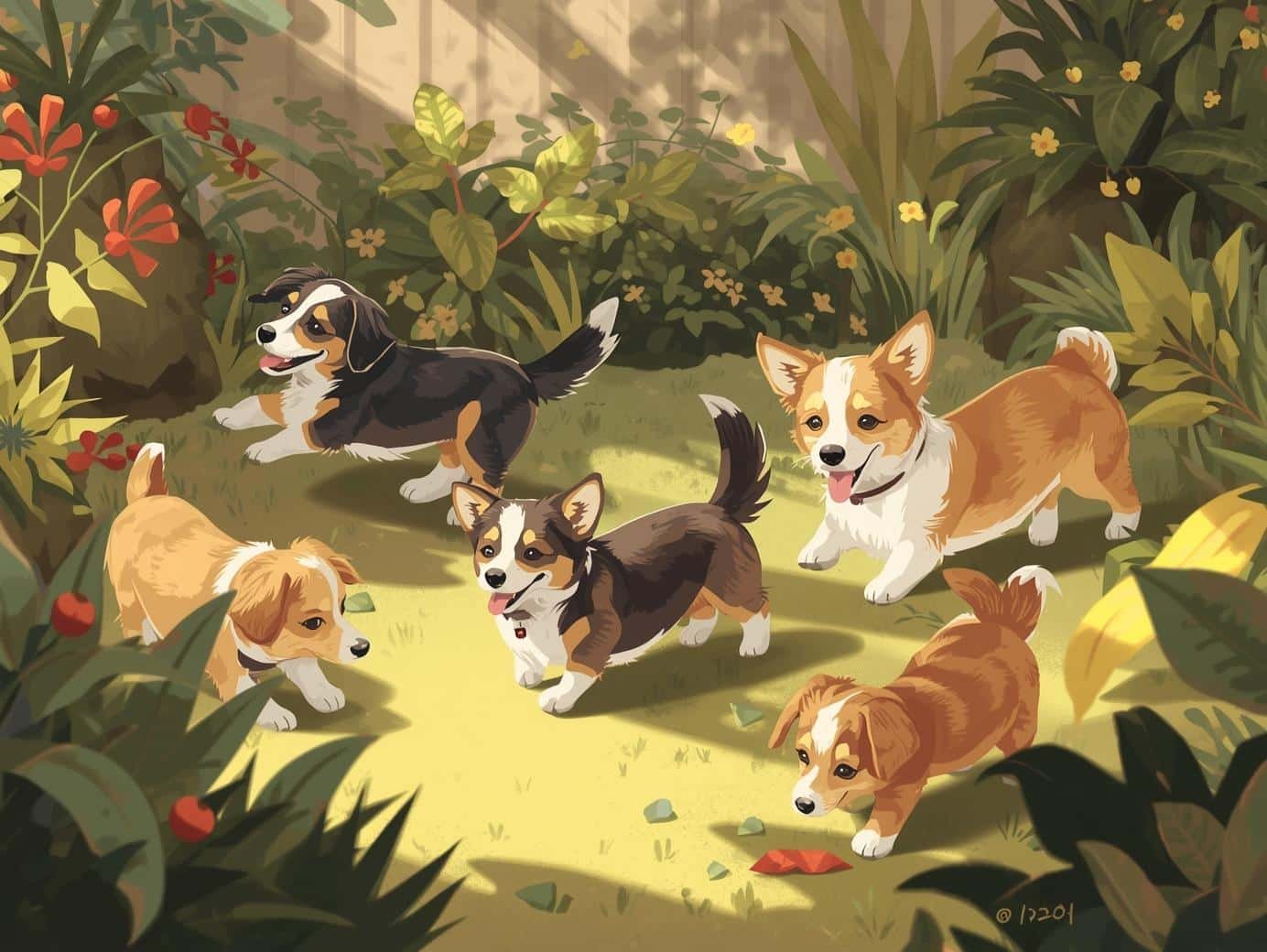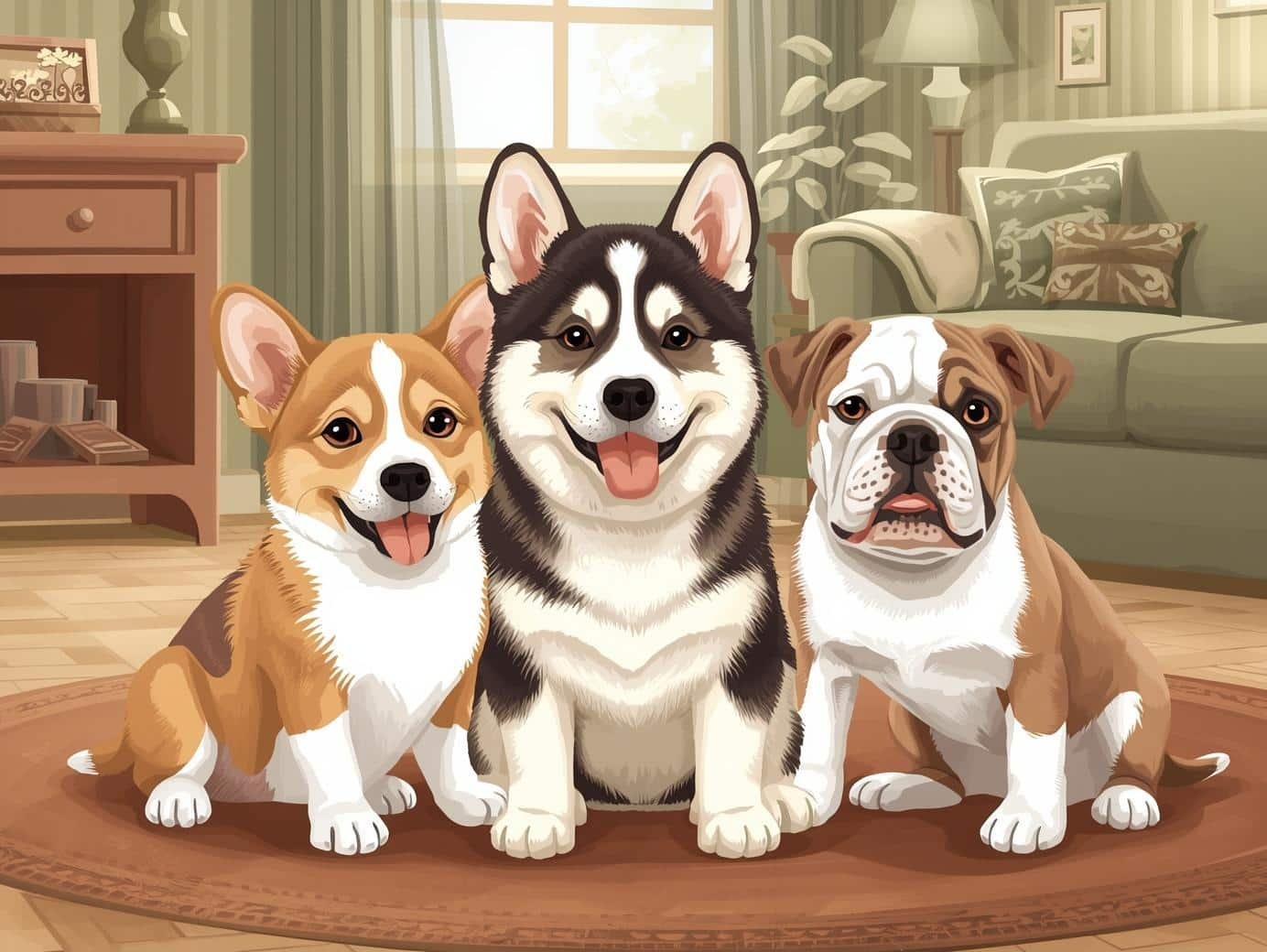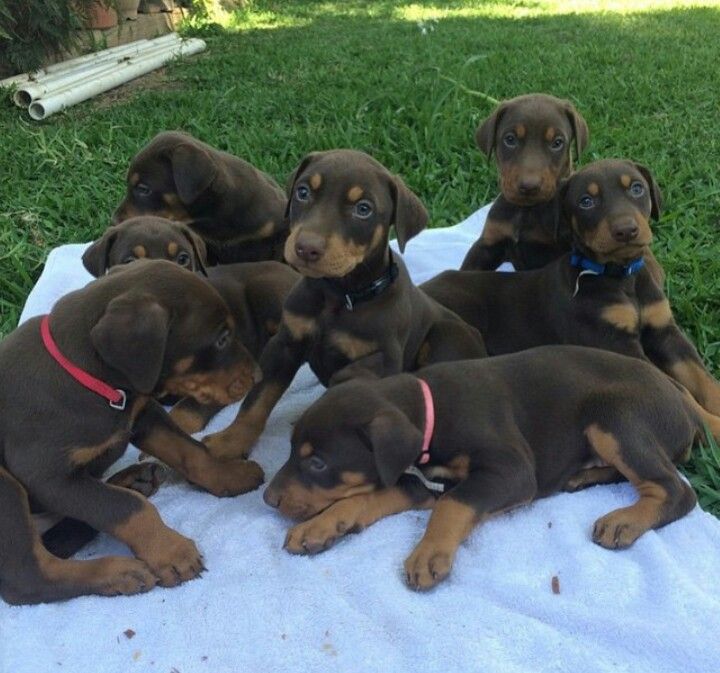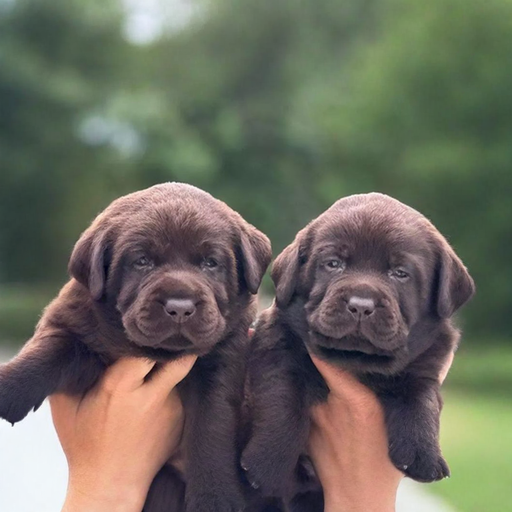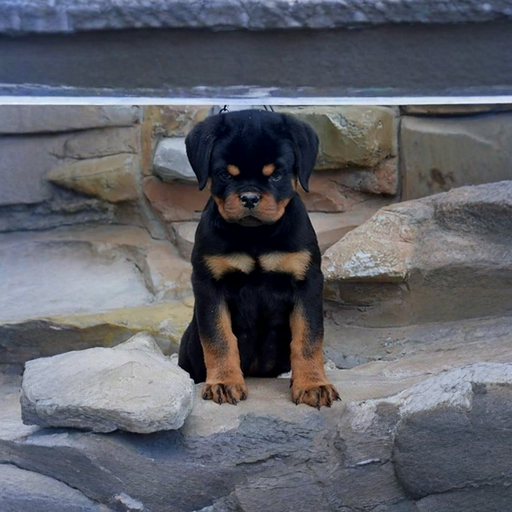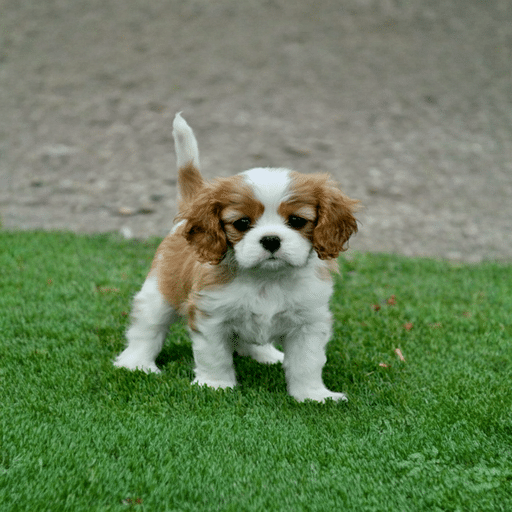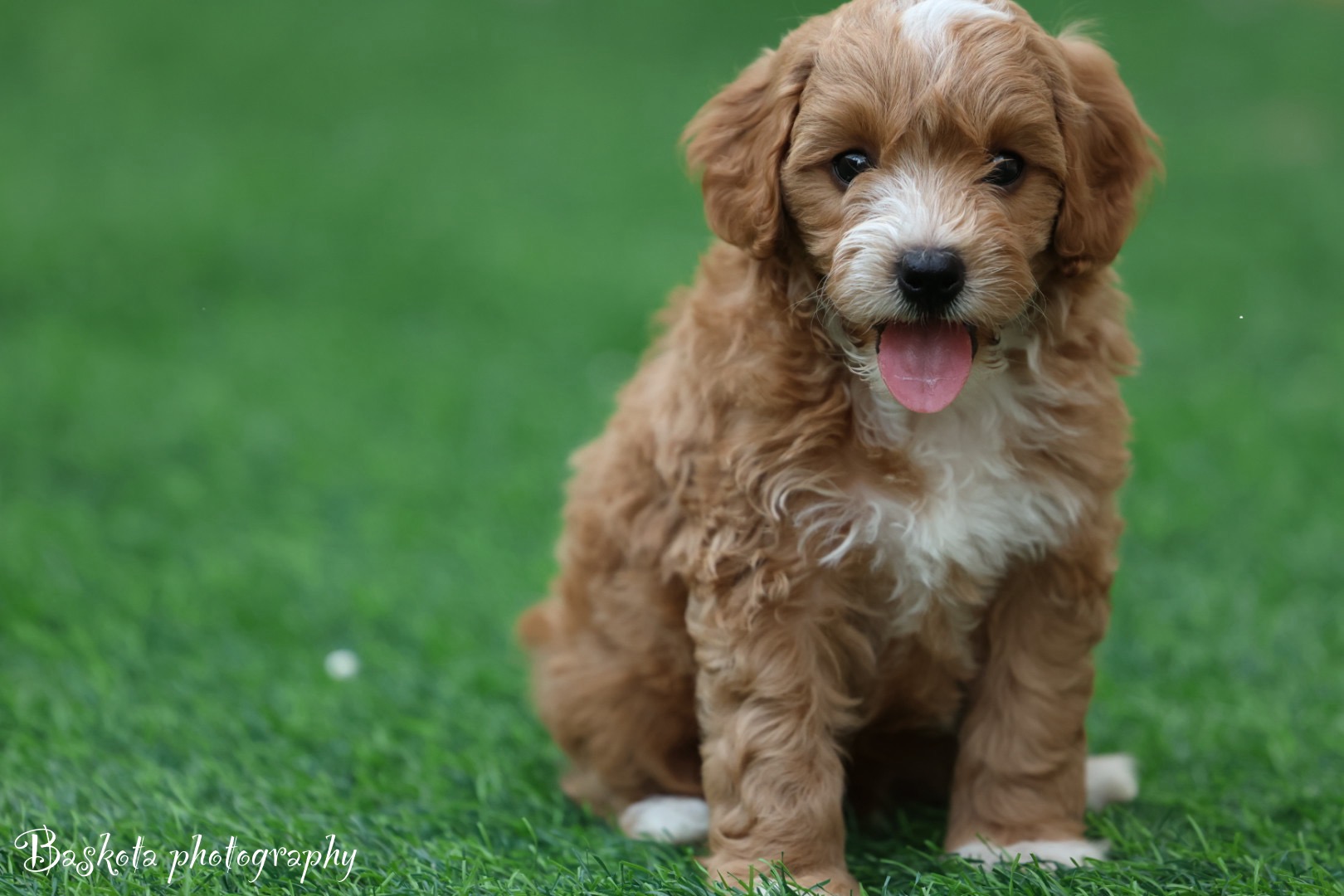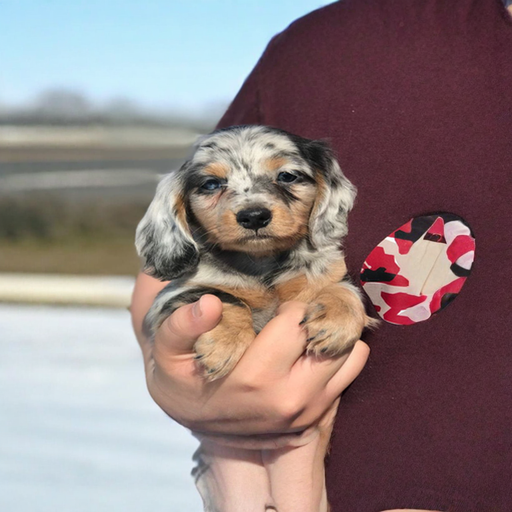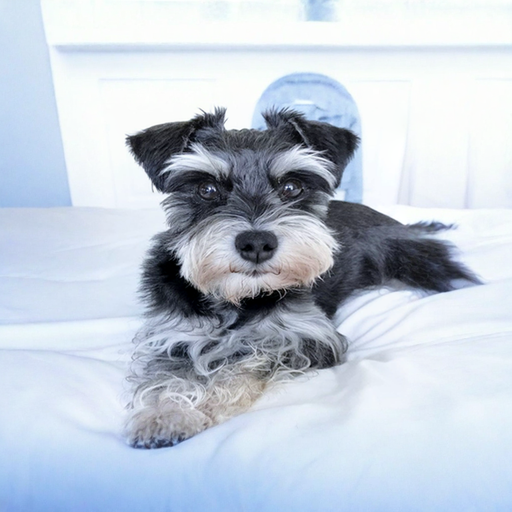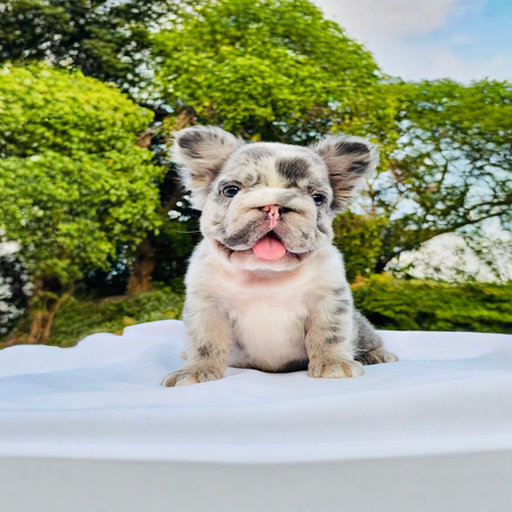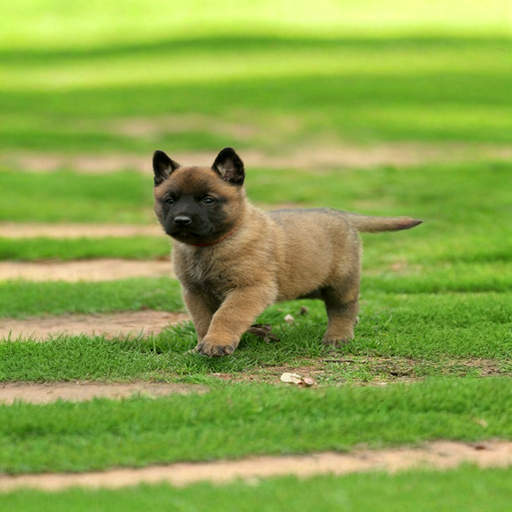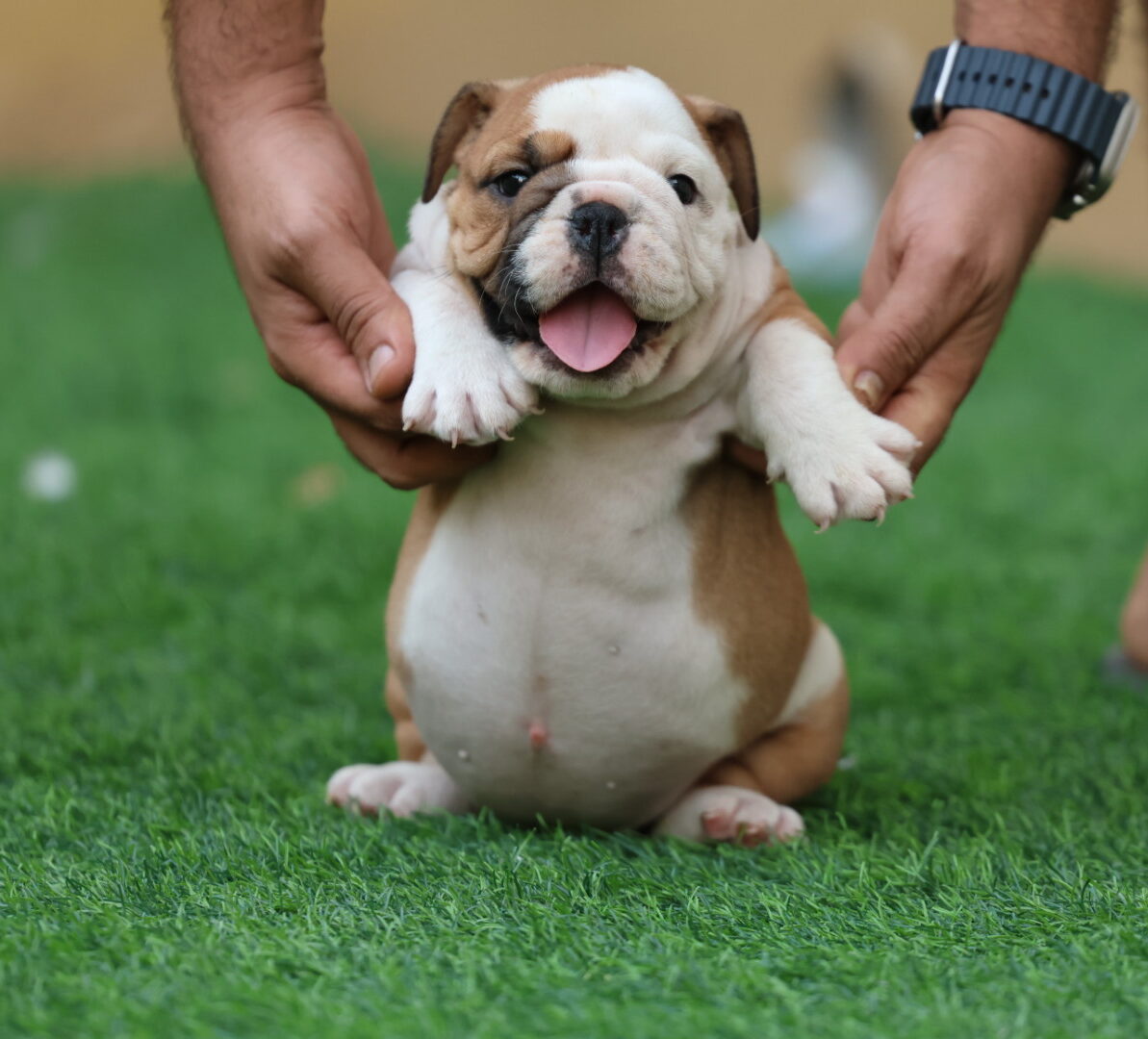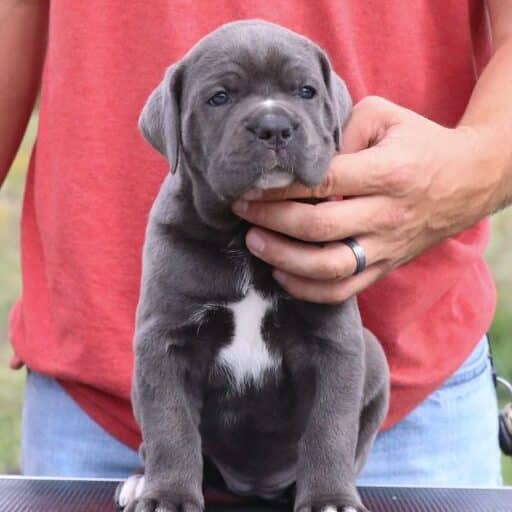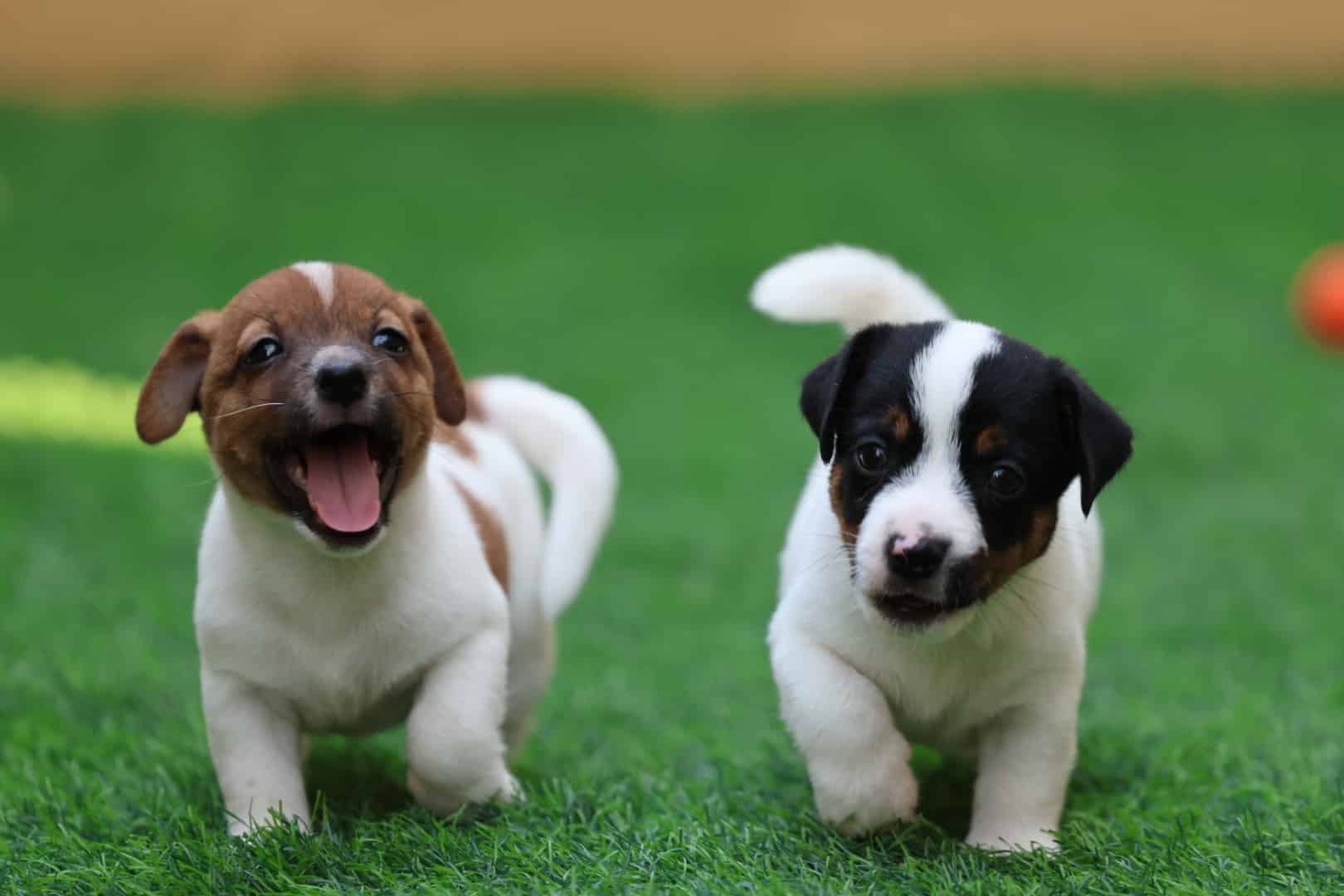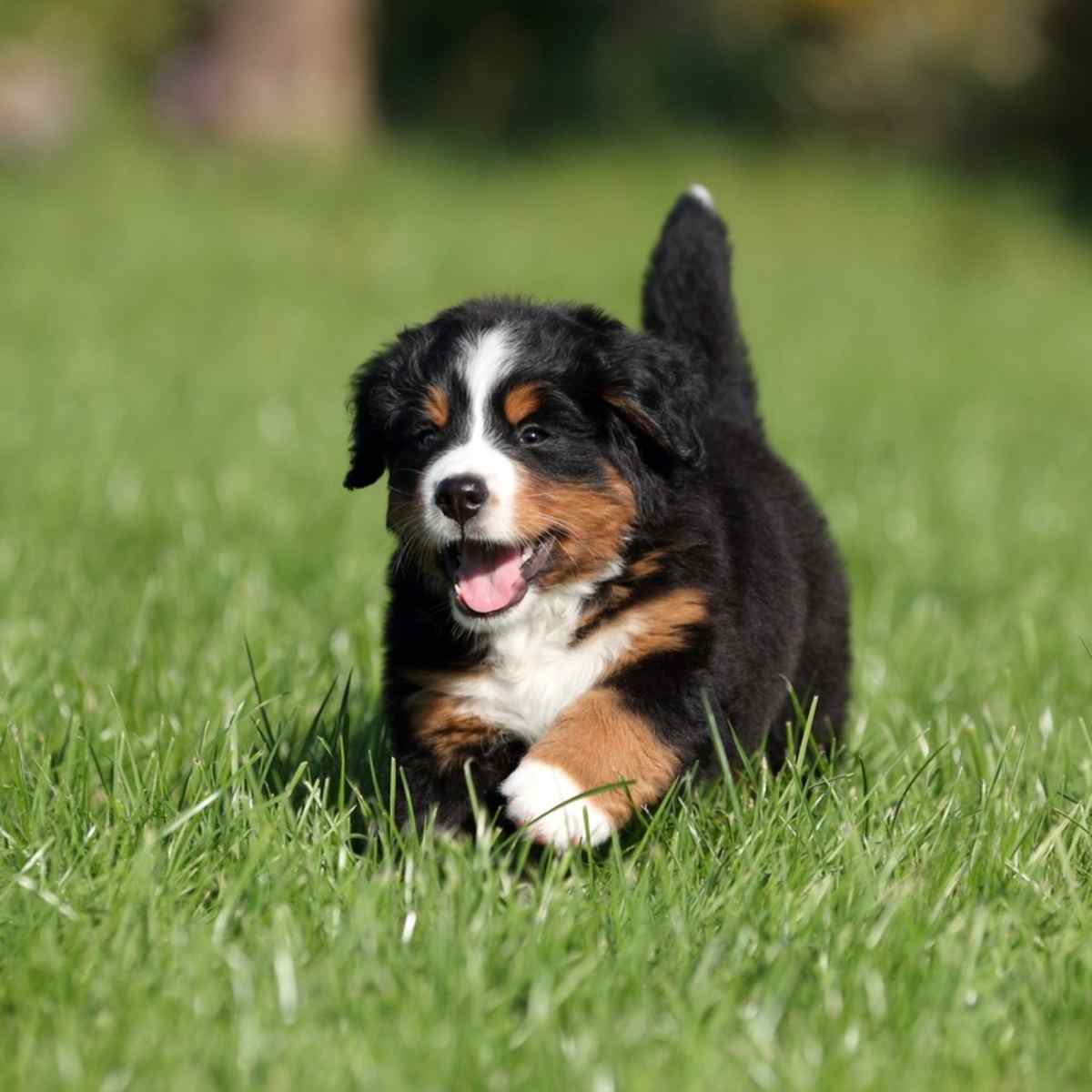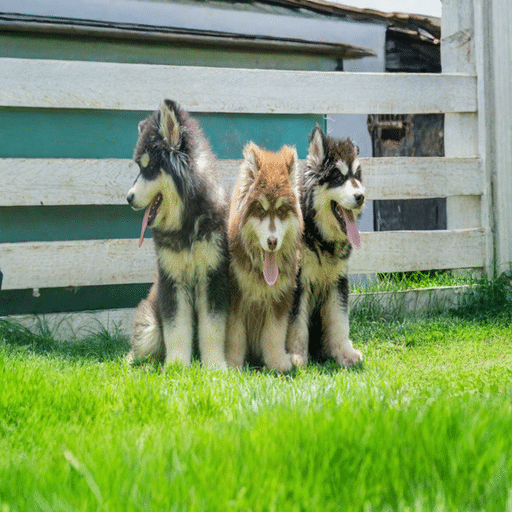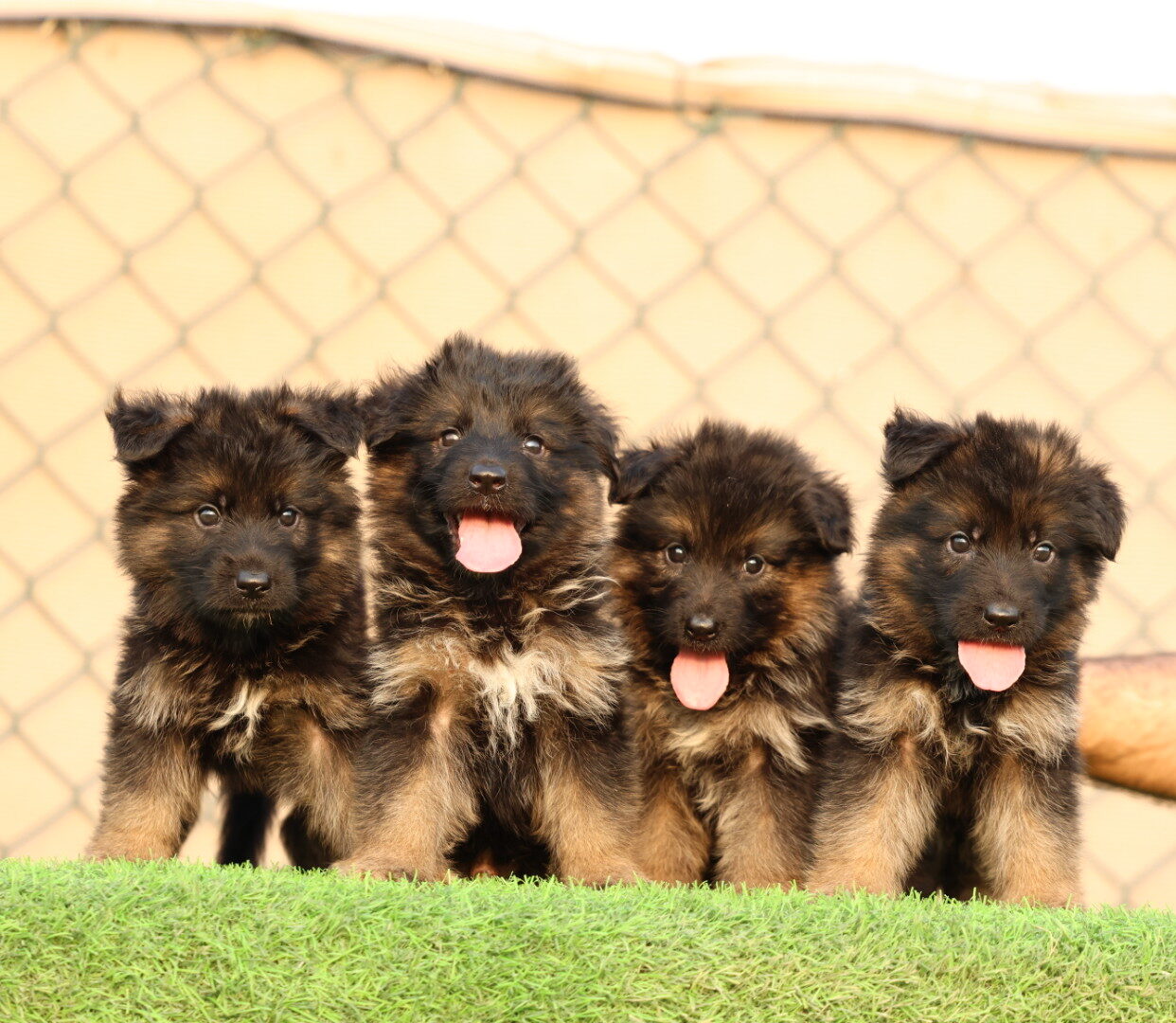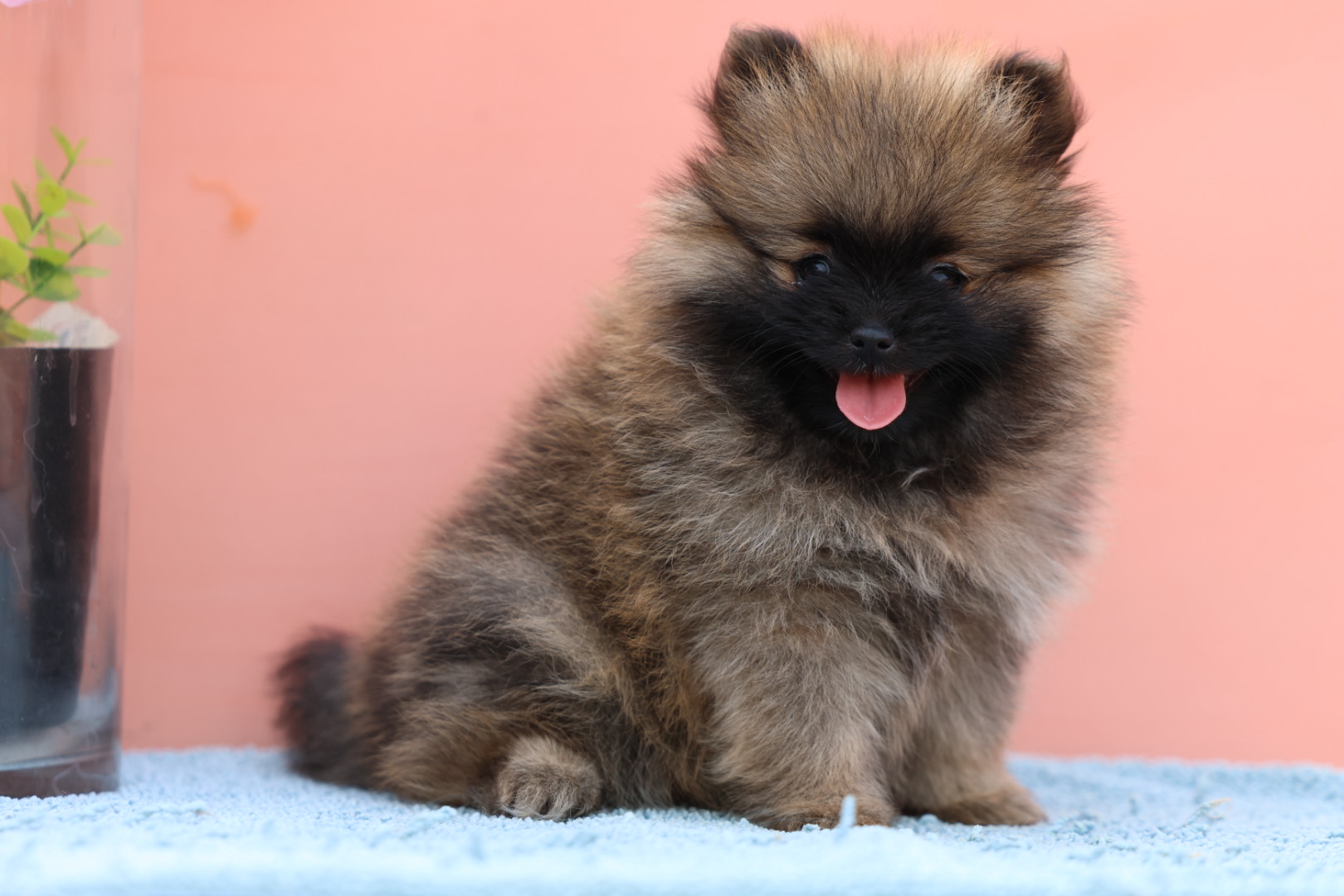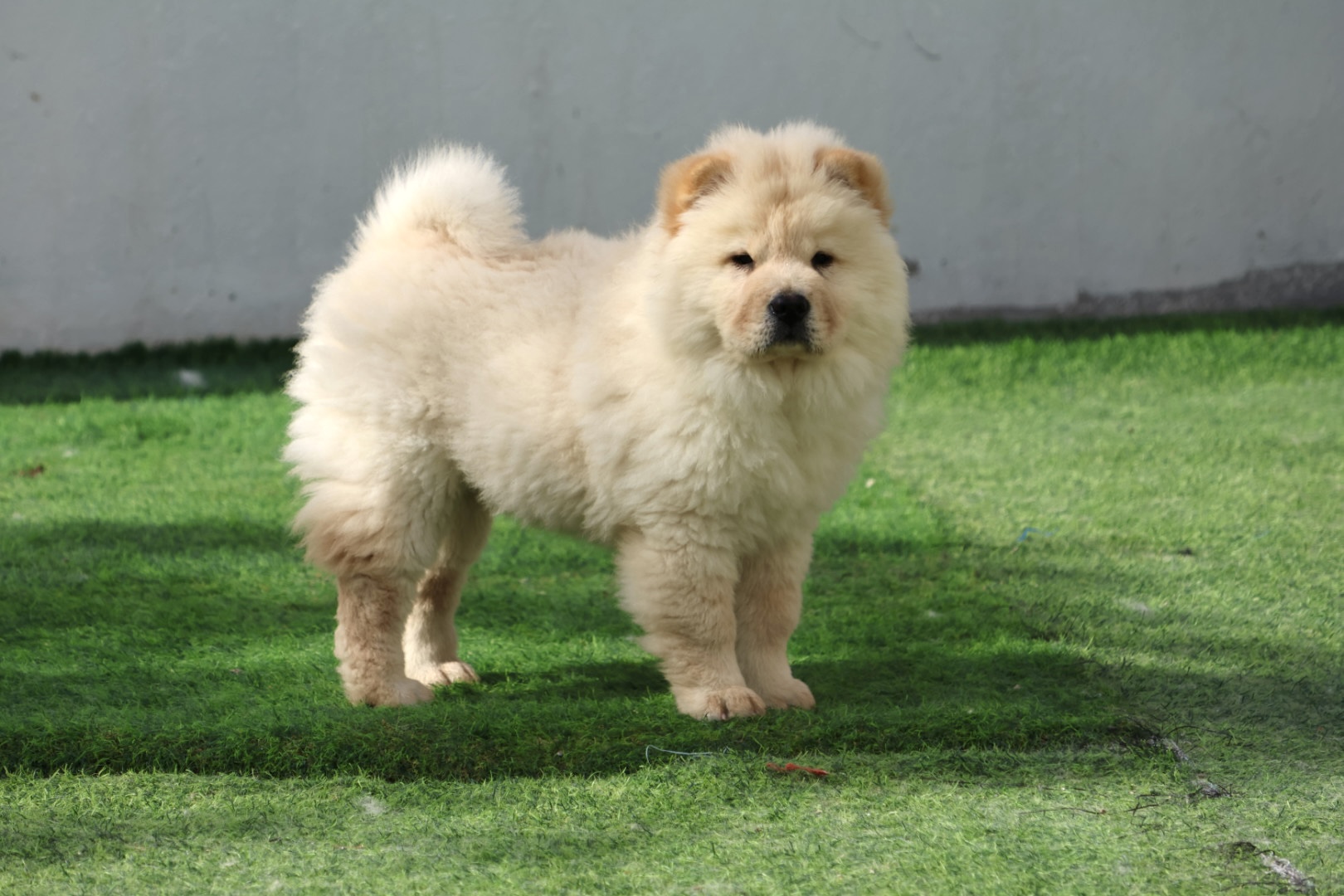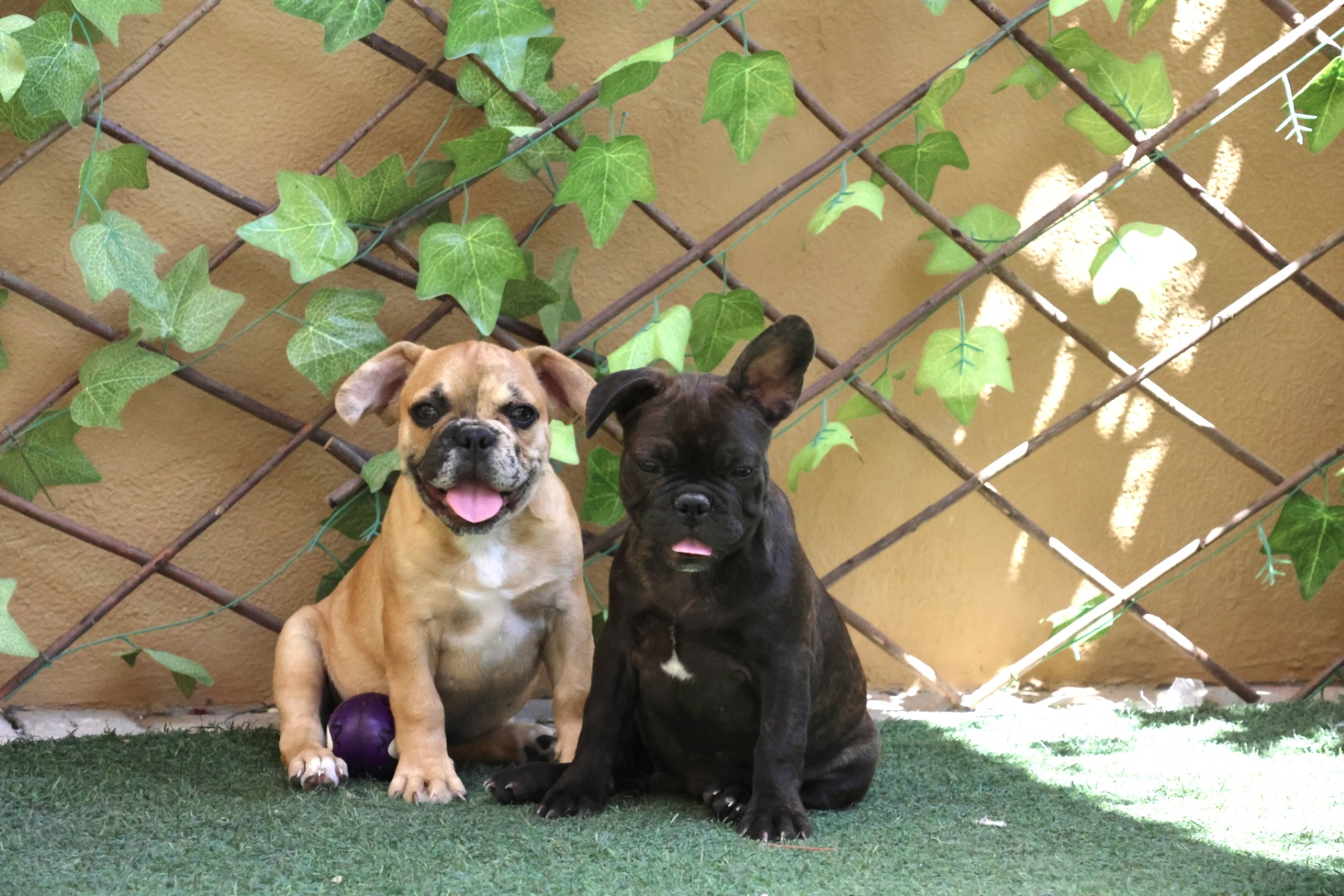How to Deal with Puppy Separation Anxiety – 7 Calming Steps That Work
If you’re unsure how to deal with puppy separation anxiety, you’re not alone. Many puppy owners in the UAE and beyond face this challenge, especially during the first few months of ownership. Puppies are naturally social animals and may struggle with stress and fear when left alone. In this guide, we’ll show you how to help your puppy feel calm and confident when separated from you.
1. Understand the Signs of Separation Anxiety
Before you know how to deal with puppy separation anxiety, you need to identify it. Common symptoms include excessive whining or barking when alone, destructive chewing, scratching at doors, pacing, indoor accidents, and escape attempts. These behaviors aren’t out of disobedience — they’re signs of distress.
2. Start with Short Absences
Begin by leaving your puppy alone for short periods, even just 5–10 minutes. Gradually increase the duration over days or weeks. This helps your puppy understand that you always come back. Use phrases like “I’ll be back” and leave calmly, without making a big fuss.
3. Create a Safe Space
Designate a cozy, quiet area for your puppy. This could be a crate, a puppy pen, or a quiet room. Fill the space with a soft bed, toys, and an item with your scent (like an old t-shirt). This space becomes a safe haven and reduces anxiety when you’re not home.
4. Use Calming Tools
There are many products available to help puppies cope with stress. Try using a white noise machine, pheromone diffusers, or calming music. Puzzle toys and treat-dispensing balls also help by keeping your puppy occupied and distracted from your absence.
5. Don’t Make Exits and Returns a Big Deal
One key tip in learning how to deal with puppy separation anxiety is staying calm. Avoid emotional goodbyes or excited greetings when you leave and return. Instead, ignore your puppy for a few minutes after returning until they’ve settled. This teaches them that your comings and goings are normal and not dramatic.
6. Establish a Predictable Routine
Puppies thrive on routine. Feeding, walks, play, and rest should all happen around the same times each day. A consistent schedule provides security and helps your puppy feel in control, which eases anxiety when they’re left alone.
7. Practice Independence Even When Home
Encourage your puppy to spend time alone while you’re still home. For example, let them nap in another room or play independently. This teaches them that they don’t need to be glued to your side 24/7, which is crucial in preventing dependence.
When to Seek Professional Help
If your puppy’s separation anxiety is severe — such as nonstop barking, harming themselves, or being destructive for hours — consult a professional dog trainer or a veterinary behaviorist. In some cases, medication or behavior modification plans may be needed.
How Long Does It Take to Fix Puppy Separation Anxiety?
It depends on the puppy and the consistency of your approach. Some puppies improve within a week or two, while others may take months. The key is patience, repetition, and staying calm. The more consistent your training, the faster your puppy will adapt.
Can Separation Anxiety Go Away On Its Own?
Usually not. Puppies don’t “grow out” of anxiety without help. If left unaddressed, separation anxiety can worsen with age. Taking early action and teaching calm independence is the best way to help your puppy long-term.
Final Thoughts
Learning how to deal with puppy separation anxiety can make a huge difference in your dog’s well-being — and your peace of mind. With patience, training, and positive reinforcement, most puppies can overcome anxiety and feel secure when alone. Start early, stay consistent, and celebrate small wins.
Helpful Resources
